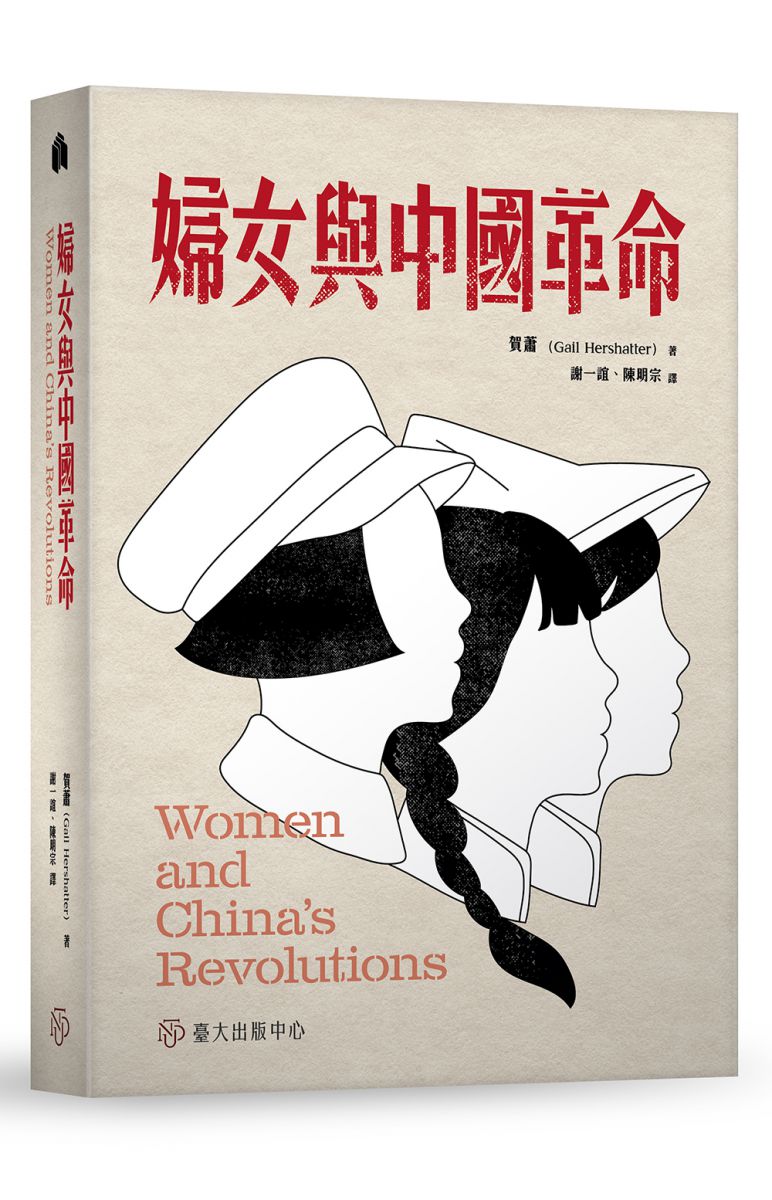《婦女與中國革命》依循中國史時序,探索女性勞動與「女性象徵」2024-01-09
 《婦女與中國革命》
《婦女與中國革命》
賀蕭(Gail Hershatter) 著
謝一誼、陳明宗 譯
若我們把女性放到過去兩個世紀中國的敘事核心,
這會如何改變我們既有的理解?
本書依循常見的中國史時序,逐章探索女性勞動與「女性象徵」,並以兩大主軸貫穿全書:其一是探究女性在居家與公共空間中可見與隱性勞動之重要性,及其形塑中國女性自帝制、共和民國、社會主義到崛起中資本強權的轉變過程;其二則是關注性別本身所展現的象徵作用,及其如何與女性生命與利益交織在一起。此外,本書亦探討將性別應用於組織勞動力、闡明權力關係及制定變革議題時,我們對於中國歷史脈絡之理解又將有何轉變。
【專家推薦】
本書運用「女性勞動」與「性別作為象徵」兩個視角,彙整19世紀以來中國的變局與婦女/性別之關係,內容涉及清帝國的瓦解、民國的建立、外力的威脅、各種革命、資本主義與全球化,可說是一部貫穿近兩百年來中國婦女與政治社會發展的專著。全書將婦女史與大時代緊密連結,並顧及階級、地域、城鄉之差異,綱舉目張,選材精心,對於有心探究近現代、當代中國以及婦女/性別史的師生來說,是一本重要的基礎專著。
───衣若蘭(國立臺灣大學歷史學系教授)
《婦女與中國革命》提出性別研究中一個最重要的問題:婦女史如何貫穿我們所理解的大歷史,及其如何改變歷史?賀蕭運用自己數十年的開創性研究,統整了大量廣泛的文獻與方法來回答此問題。本書採用富啟發且前所未有方式,結合城鄉發展及社會與文化方法學,其見解鞭辟入裡且讀來生動有趣。
───季家珍(Joan Judge,加拿大約克大學歷史學系教授)
基於對各類參考文獻的嫻熟,與對現代中國女性史和性別史的深刻認識,賀蕭透過一種聚焦婦女勞動,及成為國家強盛與社會轉型象徵論戰的「女性」形象,來追溯1800年以來兩個世紀的女性生活。賀蕭精闢的分析,呈現出如何以婦女和性別視角來對中國現代史主流敘事提出新問。本書內容斐然成章且深入淺出,無其他品能出其右,實屬所有研究中國現代史學生必讀之作。
───Harriet Evans(英國西敏大學中國文化研究教授)
寫出這本書需要罕見的學術勇氣與知識廣度。賀蕭聚焦於女性和性別的敘述,改變我們所知的現代中國史;本書以中國過去和現在婦女勞動為中心之論證,讀來扣人心弦、令人信服且無以辯駁。這是一本適合教學用的教材、一本可讀性高的書,一本批判當前全球動盪不安的時代之作。
───Rebecca E. Karl(紐約大學歷史學系教授)
這本創新且具挑戰性的書,透過性別視來重新檢視1800年以降的中國。本書立論清晰且詳盡,給予我們許多新穎的觀點,可作為相關課程之主要核心教材,且探究議題之深,亦讓知名學者重新思索長久以來的既定觀點。從戰爭到流行文化、從經濟到文學、從家庭生活到群眾運動——各式主題任君挑選,賀蕭將循循善誘讀者,重構這段歷史。
───彭慕蘭(Kenneth Pomeranz,芝加哥大學歷史學系教授)
If we place women at the center of our account of China’s last two centuries, how does this change our understanding of what happened? This deeply knowledgeable book illuminates the places where the Big History of recognizable events intersects with the daily lives of ordinary people, using gender as its analytic lens. Leading scholar Gail Hershatter asks how these events affected women in particular, and how women affected the course of these events. For instance, did women have a 1911 revolution? A socialist revolution? If so, what did those revolutions look like? Which women had them?
Hershatter uses two key themes to frame her analysis. The first is the importance of women’s visible and invisible labor. The labor of women in domestic and public spaces shaped China’s move from empire to republic to socialist nation to rising capitalist power. The second is the symbolic work performed by gender itself. What women should do and be was a constant topic of debate during China’s transformation from empire to weak state to partially occupied territory to nascent socialist republic to reform-era powerhouse. What sorts of concerns did people express through the language of gender? How did that language work, and why was it so powerful?
Drawing on decades of Hershatter’s groundbreaking scholarship and mastery of a range of literatures, this beautifully written book will be essential reading for all students of China’s modern history.